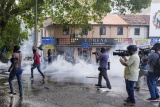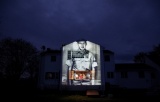
The heavy toll of reporting Sri Lanka’s mass protests: “We are gasping for breath”
Reporting on wave after wave of public protests over six months, under such historically repressive conditions, felt like being on a never-ending treadmill. My colleagues told me that they were gasping for breath at the end of every day.


